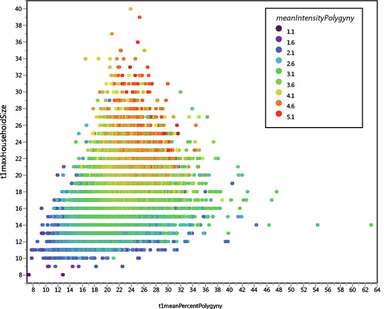
I used a version of this model (implemented in Repast J rather than Repast Simphony) in a recent paper published in Uncertainty and Sensitivity Analysis in Archaeological Computational Modeling (edited by Marieka Brouwer Burg, Hans Peeters, and William Lovis).
Over the summer I used to model to generate data for a paper on the minimum viable population (MVP) size of human groups. That's in the editing stages now -- hopefully I'll be able to get it done and submitted somewhere before the Christmas break.
Onward.
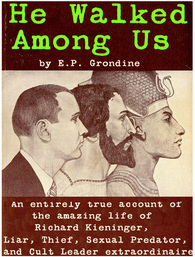

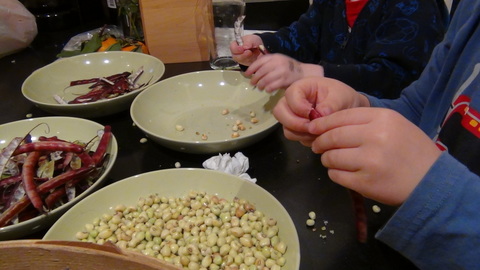
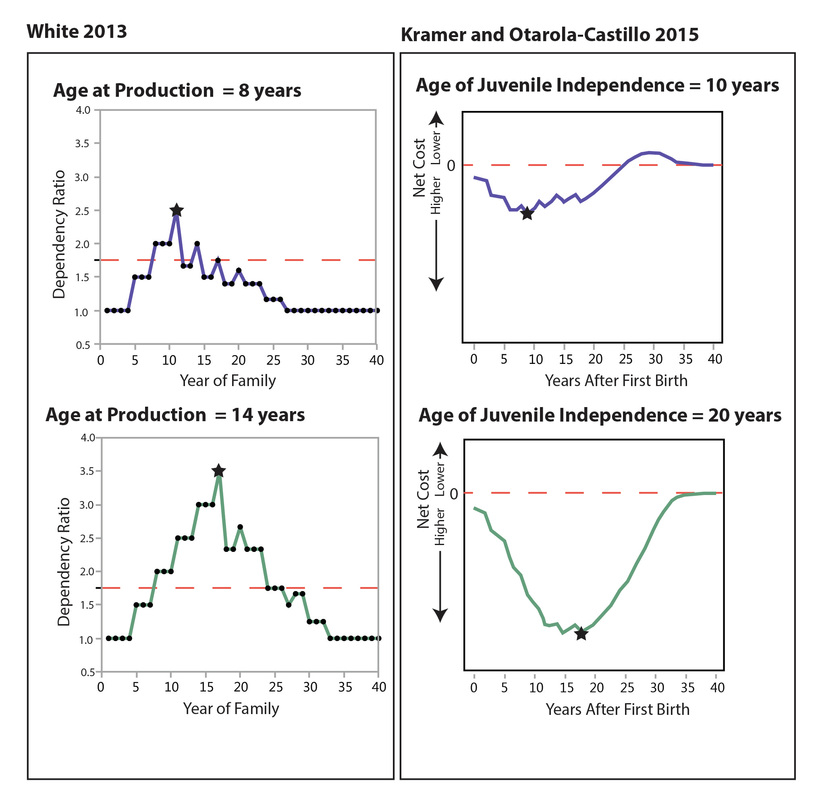
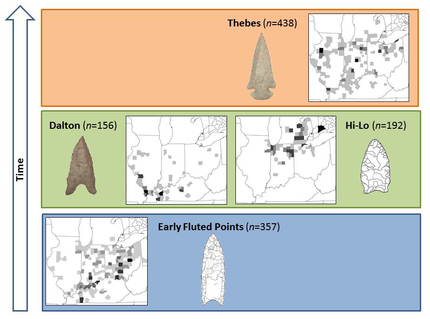

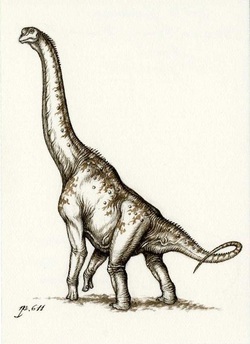
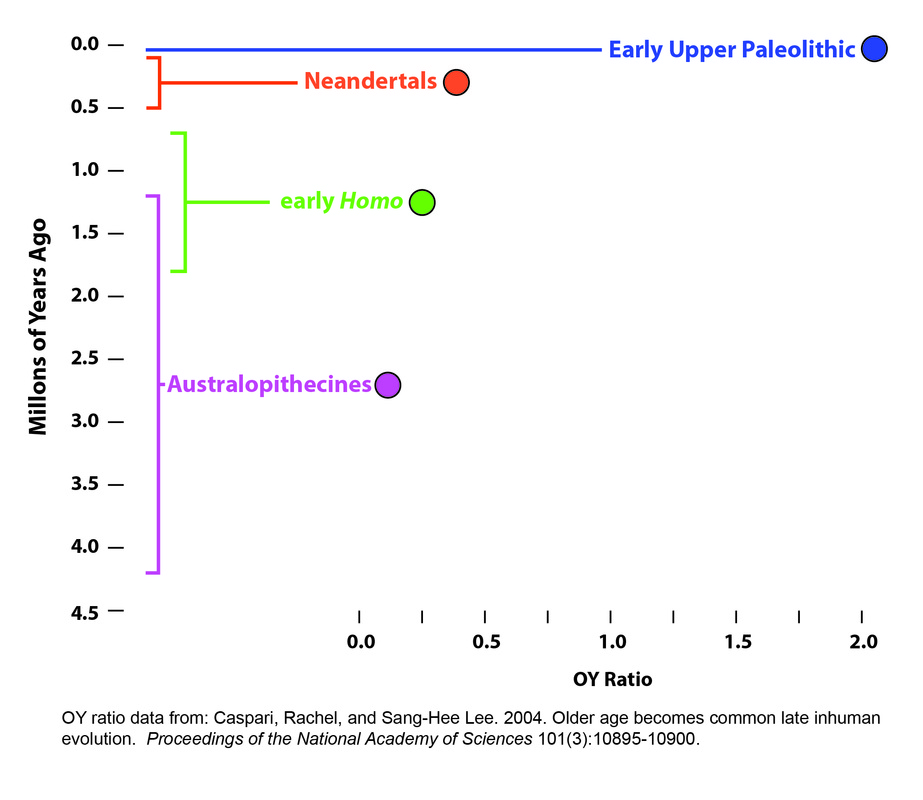
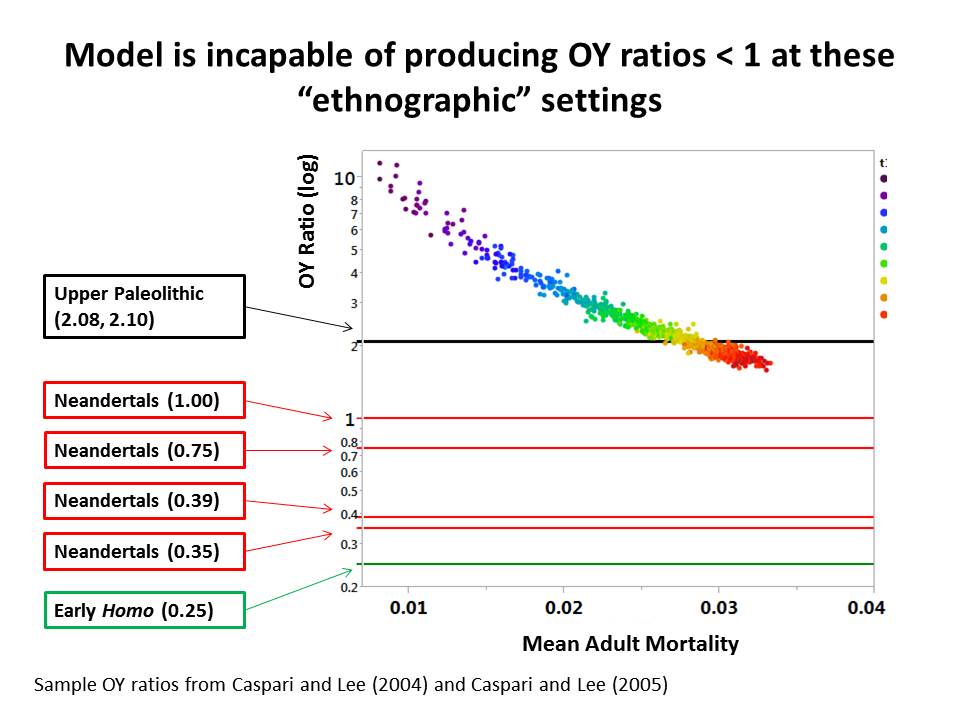
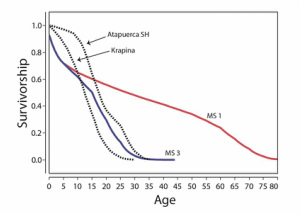
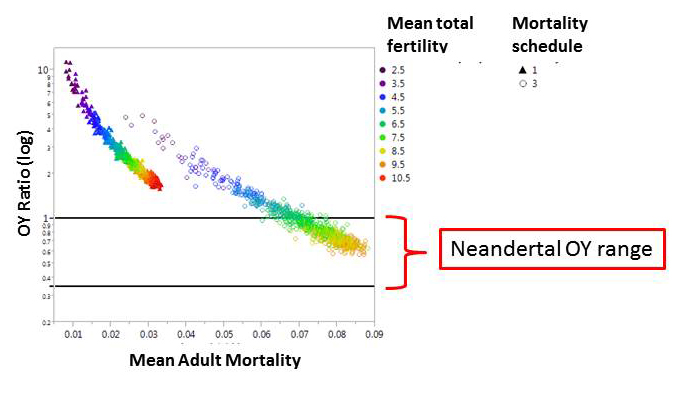



 RSS Feed
RSS Feed
